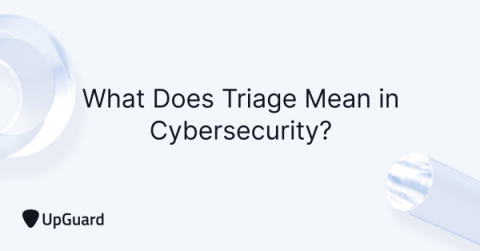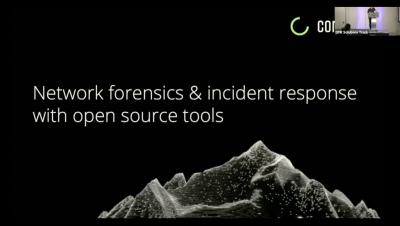Security | Threat Detection | Cyberattacks | DevSecOps | Compliance
Incident Response
How to Create an Incident Response Plan
An incident response plan helps protect your business, customers, and finances in the event of a cybersecurity incident, or any kind of business disruption. It’s essential for business recovery and continuity as advanced and unknown cyber threats continue to gain ground. Most companies don’t yet have an incident response plan. Only 19% of UK businesses have a formalized response plan, while just 46% of US businesses have a specific response plan for at least one major type of cyberattack.
What Does Triage Mean in Cybersecurity?
In cybersecurity, triage is a cyber incident response approach to identifying, prioritizing, and resolving cybersecurity attacks, threats, and damages within a network. When simultaneous and multiple attacks occur, an IT security team must prioritize which system or device to assess in order to mitigate, remediate, and salvage important devices and data from further damage.
Incident response: how to prevent and respond to data breaches
A well-thought-out incident response plan is no longer recommended – it’s critical. With the rate that cyber attacks are increasing – putting customer privacy at risk and forcing some businesses to close – it’s never been more important to educate your team on the risks, and help prepare your organization for the worst case scenario.
A Complete Guide to Major Incident Management
Imagine a nightmare where you are in a dark tunnel and every minute without reaching the light costs a fortune. You try everything to find the exit, but there is nothing you can do. The incarnation of these nightmares is called “Major Incidents” in the cyber security field. These nightmares are likely to become a reality for managers of many organizations today, where companies manage almost all their business processes with digital solutions.
Cyber Attack Crisis Simulation & Incident Response | Spotlight on Technology
Network Forensics & Incident Response with Open Source Tools
Incident Response: Having a Plan in Place For Your Business
A cyber attack can happen to businesses of any size or structure. In order to protect your data and your systems, it is important to have a plan in place. This means having protocols in place for dealing with a cyber threat, and making sure all of your employees are aware of the plan and know what to do if an attack occurs. In this blog post, we will discuss the importance of incident response planning and how you can secure a structure that is right for your business.
JUMPSEC Summer Industry Briefing Anatomy of an Incident
Automated incident response using Log360
Security teams are often overwhelmed with alerts daily, including false positives, and actions that require attention but might be placed on the back burner. But when alerts start stacking up and aren’t addressed promptly, important security concerns might go unnoticed and these can spiral into a data breach. The time to detect and respond to security incidents should be as short as possible to limit the time an attacker can carry out an attack.











